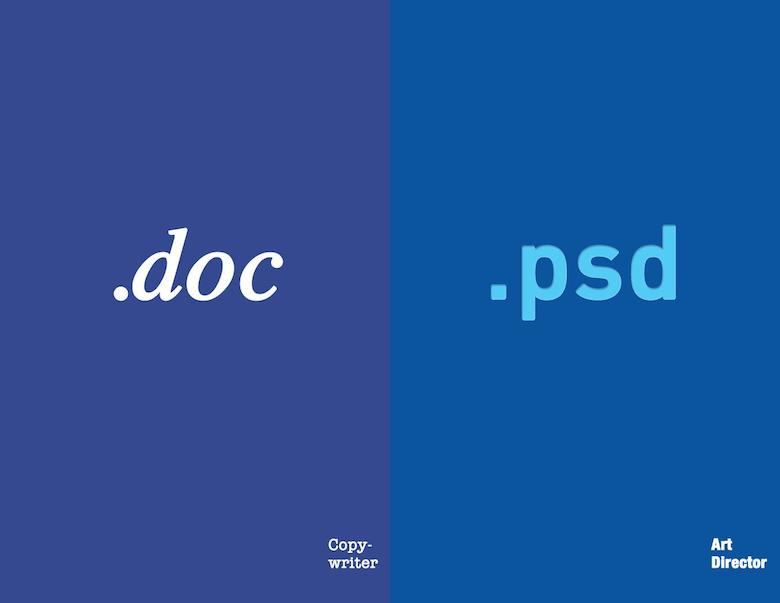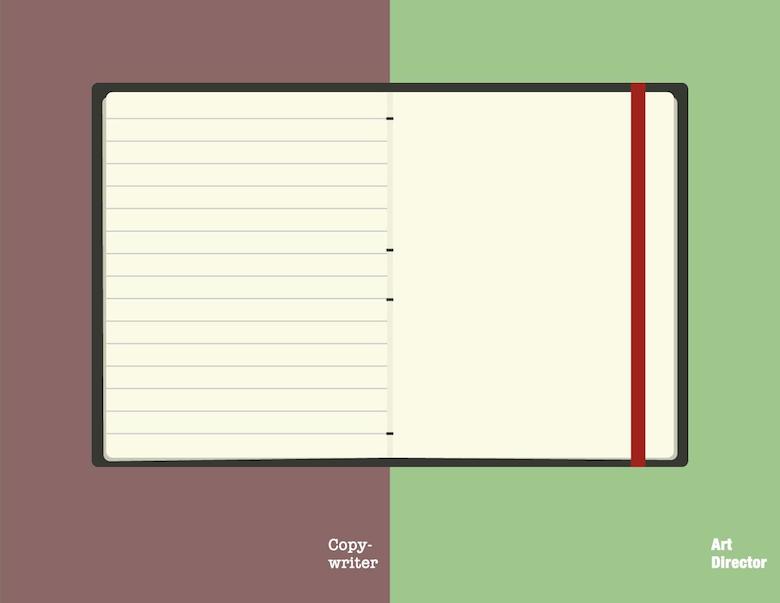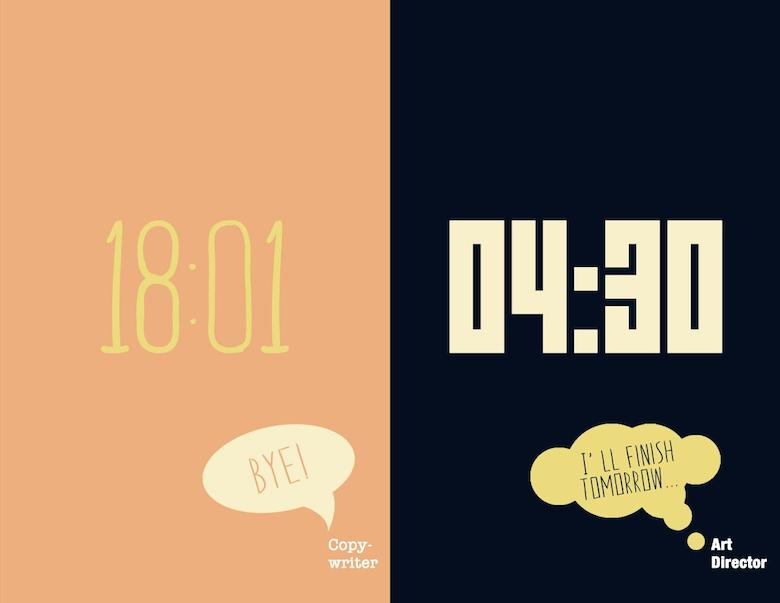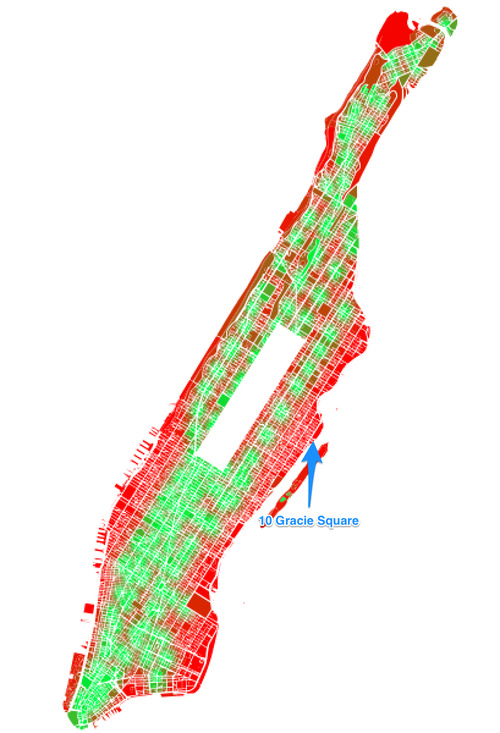With over half of NYC Condos $5,000,000 and above purchased by anonymous shell companies, New York City has become a haven for the wealthy elite to hide their money in Manhattan real estate. According to a stunning expose this week in the New York Times Real Estate section, "government officials and close associates of officials from Russia, Colombia, Malaysia, China, Kazakhstan and Mexico" are taking advantage of American tax loopholes allowing billionaires to literally "house" their money in untraceable, exuberantly expensive condos.
Opaque shell companies own 57% of the condos at the Bloomberg Tower and Trump International, 64% at Time Warner Center, 69% of condos at The Plaza, 77% of the Condos at One57, sparking public fears that real estate in New York City has become an for foreign wealthy elite to hide their illicit accrual of wealth. The condo boon brings a massive influx of capital into New York City, but also pushes us one step closer to making Gotham into a billionaire's playground.
Read more on the article here:
http://www.nytimes.com/2015/02/08/nyregion/stream-of-foreign-wealth-flows-to-time-warner-condos.html







































